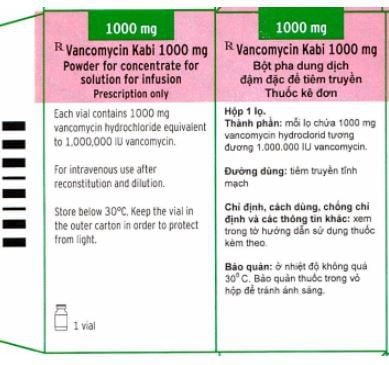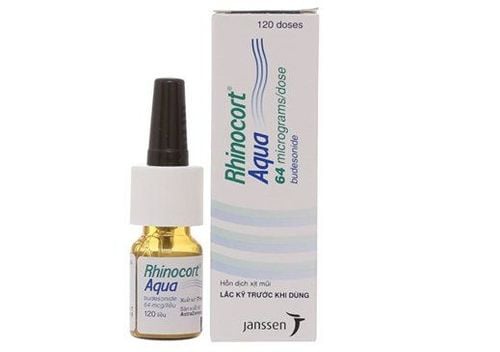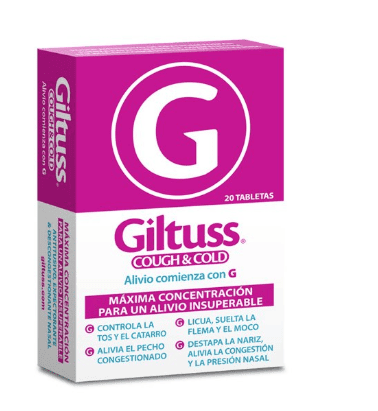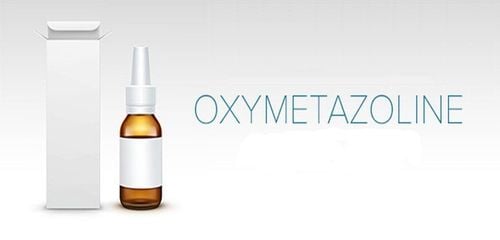This is an automatically translated article.
Etexcefetam is an antibiotic, used to treat bacterial infections. Medicines are prescribed and administered according to the doctor's prescription, under the supervision of medical staff. To better understand what is the use of Etexcefeta? Please read the article below.1. Ingredients and dosage form of Etexcefetam
Ingredients:
Sulbactam ; Cefoperazone ; Other sufficient excipients. Dosage form: Etexcefetam is prepared in the form of powder for injection
2. What is the use of Etexcefetam?
The use of Etexcefetam is also the use of 2 main ingredients, which are Sulbactam and Cefoperazone:
Drug substance Sulbactam is a beta-lactam antibiotic that inhibits Beta-lactamase, it is well absorbed from the gastrointestinal tract and injection route. The drug has a good diffusion effect into body tissues and fluids, mainly excreted in the urine. Acting on binding to beta lactamase, sulbactam inactivates this enzyme, thus protecting the beta lactam antibiotics from being degraded, so sulbactam is used in combination with penicillins to expand the spectrum of action of penicillins. with bacteria that secrete beta lactamase such as enterobacteria, Neisseria, E.coli, Klebsiella, staphylococcus, Branhamella, Proteus, anaerobic Bacteroides, Acinetobacter. Cefoperazone is a 3rd generation cephalosporin semisynthetic antibiotic and is intended for parenteral use only. The drug has a bactericidal effect by inhibiting bacterial cell wall synthesis. Cefoperazone is not absorbed from the gastrointestinal tract but is widely distributed in tissues and body fluids. Active ingredient Cefoperazone is eliminated mainly in bile and urine. The drug crosses the blood-brain barrier well when the meninges are inflamed.
3. Indications for use of Etexcefetam
Etexcefetam is indicated in the following cases:
Upper respiratory tract infections: Rhinitis, sinusitis, pharyngitis,...; Lower respiratory tract infections: Bronchitis, pneumonia...; Genitourinary - urinary infections; Infections of the liver, bile; Bacterial peritoneal infection; Gynecological infections ; Endocarditis; Post-operative infection; Sepsis ; Meningitis; Prophylactic treatment after surgery.
4. Dosage - How to take Etexcefetam
How to use: Etexcefetam is used by slow intravenous injection or intravenous infusion.
Dosage:
Dosage for adults from 2-4g/day, divided into 2 times a day. In severe cases, the dose can be up to 8g / day, divided into 2 times. Dosage for children is from 40-80mg/kg/day, divided into 02-04 times a day. The maximum dose in severe cases can be up to 160mg/kg/day, divided into 2-4 times.
5. Contraindications to the use of Etexcefetam
Patients with a history of allergy to Penicillin or Cephalosporin or any of the ingredients in the drug. With caution in patients with bronchial asthma. Severe kidney failure. The patient is elderly, debilitated, and in poor physical condition. Pregnant women, lactating women.
6. Etexcefetam drug interactions
Note when using Etexcefetam with the following drugs because interactions may occur:
Antibiotics; Diuretic .
7. Side effects when taking Etexcefetam
sub below:
Shock ; Hypersensitivity reactions: Allergy, rash, pruritus, rash; Acute kidney failure. Etexcefetam is an antibiotic used to treat bacterial infections. The drug is prescribed by the doctor's prescription, patients should not buy Etexcefetam for home treatment because it may experience side effects or interact with other drugs that are life-threatening.













